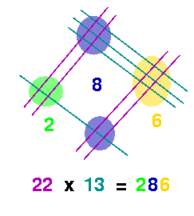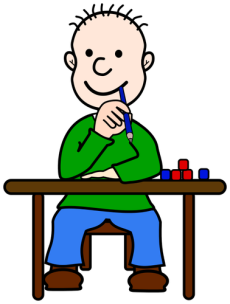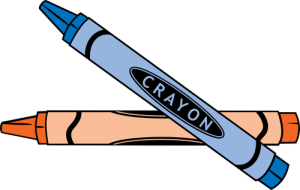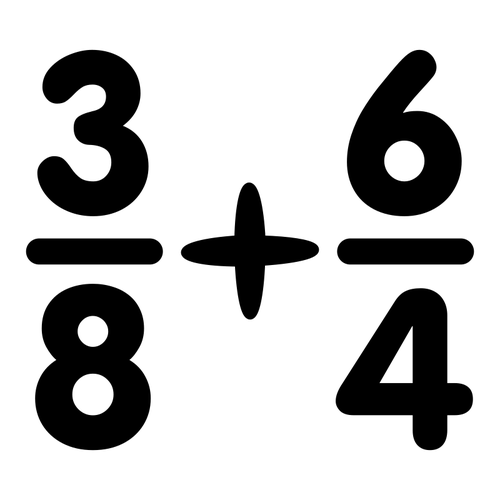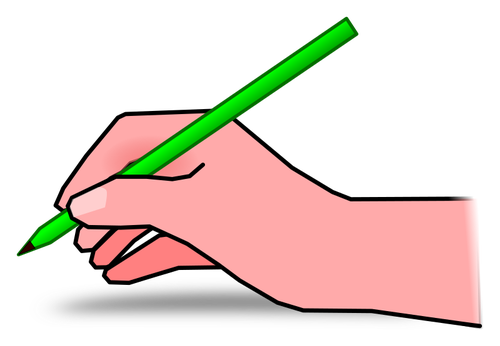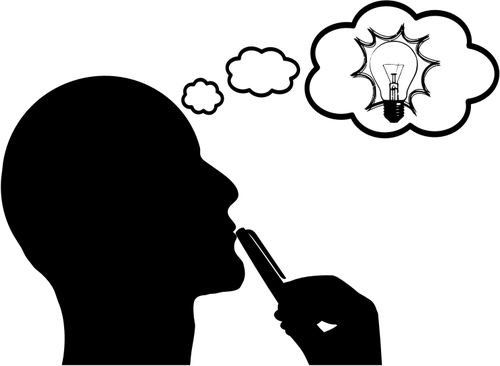It was a few weeks before Christmas while I was gently tucking a four-year old Aristotle into his car seat when the hysterical crying began. We were leaving Grandpa’s house as we had done a million times before, and to me nothing appeared out of the ordinary, but Aristotle was beside himself with screams of “I want the blue light!” A quick mental checklist confirmed that neither we nor Grandpa had a toy, book, or device with a prominent blue light, so what could possibly be causing Aristotle’s distress? He simply could not clarify what blue light he was referring to, and all I could think of was that he must have previously seen a blue Christmas light on one of the nearby houses that was now burnt out.

Despite my reassurances that the light would soon be fixed, Aristotle’s intense crying continued for several hours (no, that is not an exaggeration), and this same scenario repeated after every visit to Grandpa for several months. And then, one miraculous spring day Aristotle happily climbed into his seat without any sign of a meltdown at all. I was completely overjoyed at this turn of events but also incredibly curious as to what had changed. Was the blue light back or had he simply come to terms with its absence, and dare I ask this question lest I rekindle the trauma of the last few months. In what was probably not the smartest parenting decision I have ever made, I asked, and to my utter amazement found out that the “blue light” was indeed back and the world in Aristotle’s eyes was as it should be. It turns out that the blue light was actually the blue reflector that is placed on the street to mark the location of fire hydrants, not a malfunctioning holiday light after all. Grandpa’s street had been resurfaced prior to Christmas, and the blue reflector had not been replaced until Spring.
So, what does this have to do with homeschooling? Well, it demonstrates the severity of one of the hurdles many children with autism and sensory integration disorders deal with: adjusting to change. Managing all the physical, social, and sensory inputs that come with a change in situation, even when it involves moving from an unpleasant task or location to a pleasant one, takes a tremendous amount of energy for many of these children, and it is often just too much for them to handle. Aristotle and Archimedes originally attended the public brick and mortar schools in our area, and though the experience was difficult for them and was one which they desperately wanted to leave, switching them to homeschool represented a “change” and presented us with a unique set of problems that have persisted for years.
I have often wondered what our homeschooling experience would have been like had we started homeschooling our children right from preschool without ever sending them to a traditional brick and mortar school. There have been many times throughout the years when I’ve realized that my boys would have more effectively learned many things if we had had the freedom to approach subjects in ways more suited to their learning styles and interests from the very beginning. And, I think their whole attitude towards school and learning would be much more positive – at this point, if I called playing video games “school,” they wouldn’t go anywhere near their game consoles ever again!

The question of when to start homeschooling your children is an extremely complex one, and there are equally compelling reasons to complete their entire pre-college education at home as there are to divide that education between brick and mortar schools and your very own living room. I often feel that had I started teaching Aristotle and Archimedes at home beginning with preschool, we would have been able to do the more creative, hands-on, fun type of projects that would have fostered a love of learning and boosted their natural curiosity. Furthermore, they would have been educated in this way from the beginning and would not have had to adjust to a change from traditional lectures, textbooks, worksheets, and classroom operations. An adjustment that has brought serious tears, frustration, and setbacks to both boys and their mom alike.
Aristotle is fundamentally an auditory learner though he does possess some strong visual and kinesthetic abilities that are only limited by his sensory and neuromuscular difficulties. As a result of his auditory learning style, he actually excels in the traditional brick and mortar school’s curriculum structure. He easily listens to a lecture, reads printed material, and completes standard worksheets, but he literally hates this format and longs to complete more creative endeavors such as model building, watching a play, or doing an experiment. However, whenever we tried to incorporate these types of assignments, he quickly became frustrated and discouraged because in his mind that is not how school is done, and it is too overwhelming to learn any concept in a new way, even a way that he actually wants. Many children with autism have extreme difficulty with “rigid” thinking and get stuck with a single viewpoint that no amount of reasoning or demonstration can modify. Aristotle simply can’t think outside of the “learning box” he already knows. I suspect that if we had homeschooled Aristotle from the beginning incorporating many of these projects, he would have acquired a different “learning box” and would be comfortable with and enjoy this type of education.
 And, what about Archimedes? Archimedes is a very visual, kinesthetic learner who struggled terribly with the traditional public school’s structure. While he has more easily made the transition to the visual, hands-on type projects that better suit his learning style, he suffers significantly from the many deficiencies in his understanding of the foundations of math and language that weren’t laid effectively when he was in an environment not conducive to his learning style.
And, what about Archimedes? Archimedes is a very visual, kinesthetic learner who struggled terribly with the traditional public school’s structure. While he has more easily made the transition to the visual, hands-on type projects that better suit his learning style, he suffers significantly from the many deficiencies in his understanding of the foundations of math and language that weren’t laid effectively when he was in an environment not conducive to his learning style.
Do my experiences suggest that homeschooling from the beginning is the best choice? Not necessarily. Attending a traditional school, even for a brief time, exposed my boys to the type of learning environment they will most likely encounter in a typical university classroom. A lecture in a room full of other people, worksheets, notetaking, and standardized tests will at least be familiar to them and won’t represent another overwhelming “change” in their school life. I also benefitted immensely from the wisdom and experience of their teachers, therapists, and fellow parents which ultimately saved me valuable time in understanding how best to educate my unique children once I did bring them home.
However, if I could reset time and do things all over again, I think I would chose to homeschool Aristotle and Archimedes from the very beginning. I think we could have built a curriculum and learning environment that would have given Aristotle a more varied and enjoyable way to experience education and Archimedes a more substantial foundation on which to learn all the wonderful things this world has to offer. I might have even been able to help them accept change and the loss of a blue light a little more easily.

 As I interacted more and more with other bloggers and homeschoolers, I realized I was definitely not alone in the “homeschooling multiple children with special needs” department (very comforting), but I also realized that I was far less experienced and educationally qualified than many of the other bloggers currently posting their stories online (very intimidating and discouraging for this Type A, perfectionist person).
As I interacted more and more with other bloggers and homeschoolers, I realized I was definitely not alone in the “homeschooling multiple children with special needs” department (very comforting), but I also realized that I was far less experienced and educationally qualified than many of the other bloggers currently posting their stories online (very intimidating and discouraging for this Type A, perfectionist person). personal thoughts, feelings, and experiences. Knowing that you are not alone, that others care about you, and that you have made a positive impact on someone else are priceless realizations. Being willing to share your stories, even those that expose your imperfections (utterly terrifying for someone like me), is what connects you to those who are looking for inspiration and hope from your personal narrative.
personal thoughts, feelings, and experiences. Knowing that you are not alone, that others care about you, and that you have made a positive impact on someone else are priceless realizations. Being willing to share your stories, even those that expose your imperfections (utterly terrifying for someone like me), is what connects you to those who are looking for inspiration and hope from your personal narrative.



